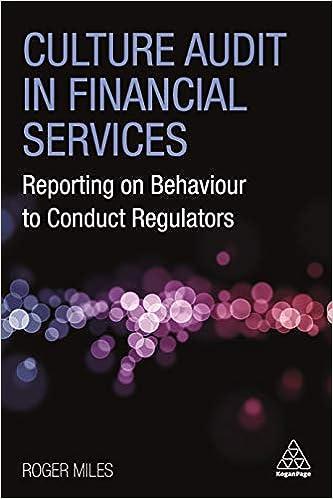Question
Dividends If you are the owner of a company, you expect to be able to take part of the company's profits. If you own shares
Dividends
If you are the owner of a company, you expect to be able to take part of the company's profits. If you own shares of stock of a corporation, you own part of that company. A dividend is a distribution of a company's accumulated profits to its owners, the stockholders. These distributions are usually in the form of cash dividends, but they may also be in the form of stock dividends or even noncash assets, which can be distributed to the owners. The decision to pay any dividend is made by the company's board of directors, not by the management of the company. When the board announces that the company will pay a dividend, there are three dates specified: thedeclaration date, the date of record, and the payment date.
It is important to understand which shares are eligible to receive dividends. A company classifies its stock as authorized, issued, and outstanding. Only outstanding shares, that is, shares held by someone other than the issuing company, are eligible to receive dividends.
Consider the following and determine the number of outstanding shares at each date:
| Outstanding shares: | |||
| January 1: | Siegel Company's balance sheet reveals that it is authorized to sell 750,000 shares of stock; 522,000 shares are issued and outstanding. | ||
| April 12: | Siegel issued an additional 22,000 shares of stock. | ||
| October 28: | Siegel Company's board of directors declared a dividend of $1,323,490 to be paid on November 29 to shareholders on record on November 19. | ||
| November 12: | Siegel purchased 25,000 shares of its own stock to be available for employee purchase. | ||
| November 19: | Siegel gathered the necessary data for all outstanding stockholders as of this date. | ||
| November 24: | Siegel Company sold 21,200 of its shares of treasury stock. | ||
| November 29: | Siegel paid the $1,323,490 dividend. |
Calculate the dividend per share to be paid to each common stockholder, rounded to the nearest cent.
| $ | = | $ per share | |
| shares |
Now, assume that the November 12 and November 24 transactions did not occur. Calculate the dividend per share in this case.
| $ | = | $ per share | |
| shares |
Step by Step Solution
There are 3 Steps involved in it
Step: 1

Get Instant Access to Expert-Tailored Solutions
See step-by-step solutions with expert insights and AI powered tools for academic success
Step: 2

Step: 3

Ace Your Homework with AI
Get the answers you need in no time with our AI-driven, step-by-step assistance
Get Started


